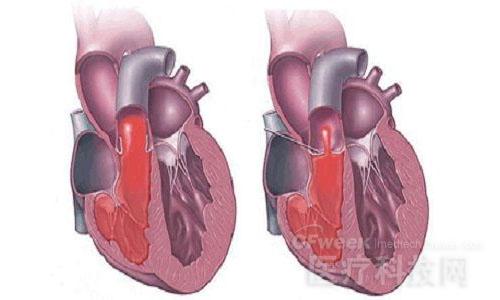Recently, the results of the PARTNER2 trial were published on NEJM, and the results may change the future treatment of severe aortic stenosis. In this regard, Dr. Neil E from Royal Brompton Hospital published a personal opinion in the same magazine.

The first is the population included in the trial. The patients mentioned in the article are at medium risk and reduce the overall risk range. But is this still the so-called high-risk group? However, the results of this trial are consistent with the previous three large trials that included high-risk and high-risk populations. In terms of early and mid-term mortality, transcatheter aortic valve replacement (TAVR) is no less effective than surgery, even in patients with abnormal vascular anatomy or vascular access to the femoral route for TAVR.
Even if the patient is at high risk for TAVR treatment for various reasons, the risk of transthoracic valve replacement is still much higher than the former. In addition, postoperative prevalence and length of hospital stay are also worthy of attention. The study found that the probability of acute kidney injury and atrial fibrillation was significantly reduced in the TAVR group compared with the conventional surgery group.
In terms of spending, previous clinical trials have found that TAVR can save costs, but it is not clear whether it is suitable for low-risk groups, unless the cost of related equipment currently used is reduced. In addition, the study also found that the larger the valve area of ​​the replacement, the more likely it is to improve clinical outcomes.
It is worth noting that at the end of the study, advances in technology have made the TAVR device more perfect, more convenient for intravascular operation, increased adaptation to the population, and reduced the probability of postoperative concurrent to severe peri-valve leakage. In addition, devices specifically designed to protect the cerebral blood vessels also reduce the risk of embolization in patients undergoing TAVR treatment. Similarly, advances in technology have reduced the trauma of traditional surgery and increased the area of ​​the graft.
The results suggest that TAVR is the best option for patients with aortic stenosis who have a high risk of early death and serious complications from conventional surgery, especially when the patient's vascular condition is suitable for the transfemoral approach. Further research on the medium-risk population (SURTAVI trial) has completed the recruitment phase. In addition, there are a number of clinical trials in progress, and perhaps these studies will ultimately affect the choice of aortic valve replacement.
Fire Fighting Equipment,Wet Chemical Fire Extinguisher,Co2 Extinguisher,Home Fire Extinguisher
DONGGUAN TENYU TECH.INC , https://www.tenyutech.com